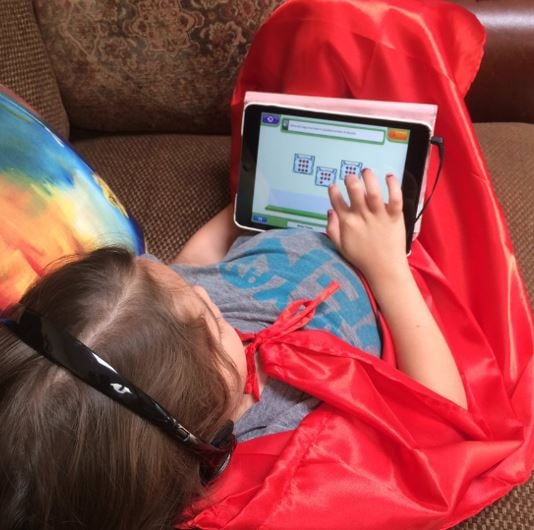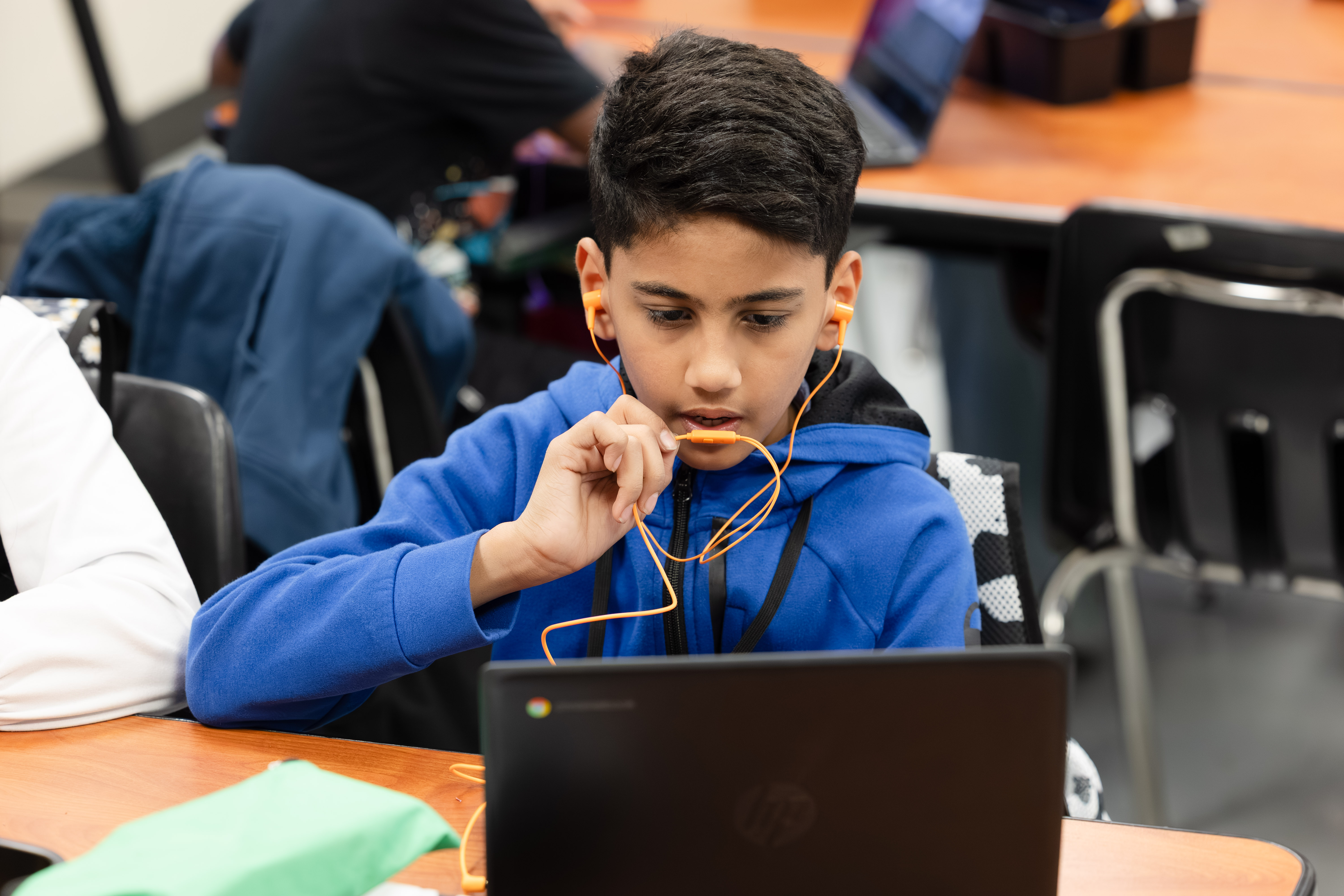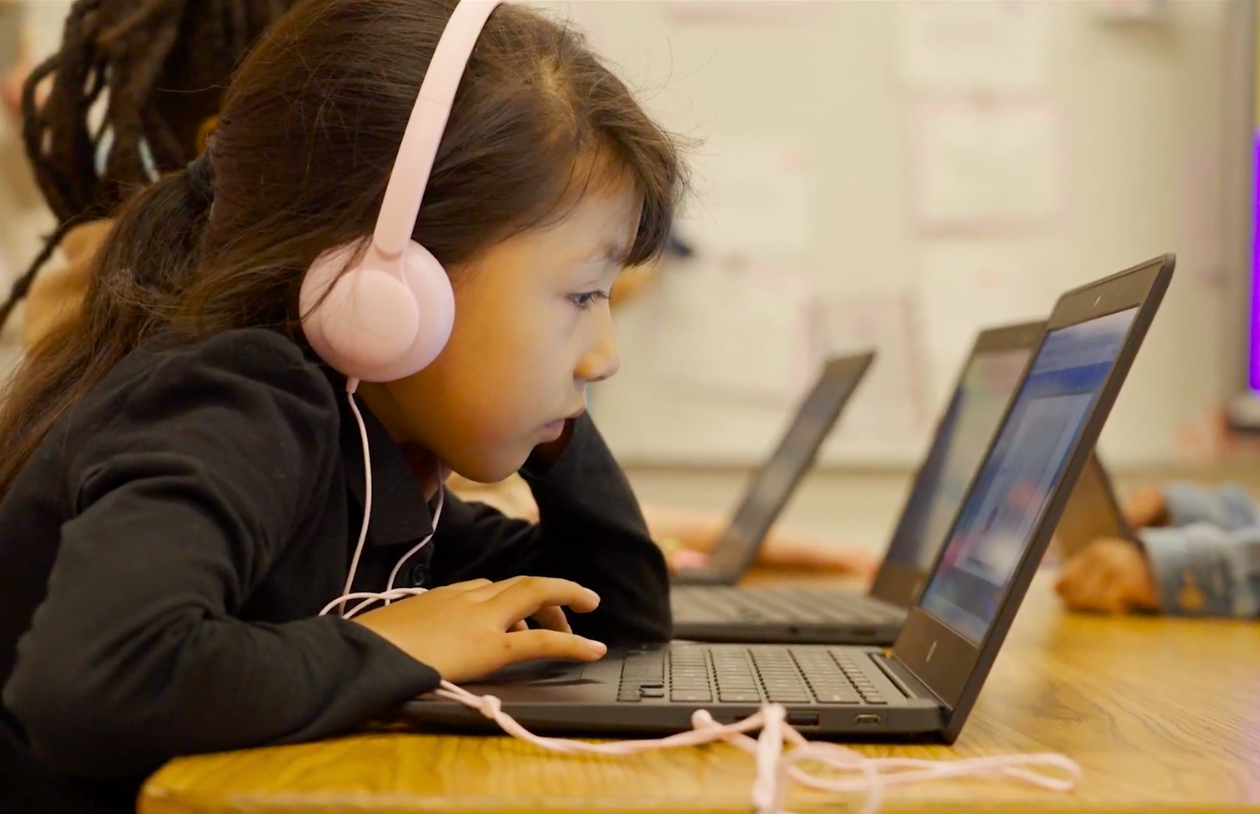Red Cape Classroom: Keep Your Child Focused Not Frustrated

10 Ways to Keep Children Focused Not Frustrated
Istation’s mission has always been to help students succeed and grow. In uncertain times, that support is even more important. With that in mind, Istation launched a video series, Red Cape Classroom.
As children transition to a new way of learning, they face opportunities to overcome distractions — from television and computer video games to siblings, pets, and pastimes. How can we ensure they stay focused on learning a new skill or subject?
Istation professional development specialist Erik Johns gives us 10 simple steps to help your child concentrate and keep frustration at bay while learning at home.
- Be prepared. Remember that proper, advanced planning produces excellent learning. Develop a routine and maintain a level of consistency in schedules. Adults and children alike enjoy routines. They give us a sense of security and comfort. We know what the expectations are.
- Set up your environment. Choose a quiet, peaceful location in your home that is well lit and free of most distractions. Play calming music while your child works, perhaps some classical music with a nice tempo. Consider also using aromas. For example, we know that lavender can produce a calming effect.
- Display a daily schedule. Find a schedule template that works best for you and meets the needs of your child. Edit one that you find on the internet to include activities your child will be accomplishing during their day.
- Limit distractions as much as possible. If there are posters, pictures, or other things on the walls that might distract the child, Johns recommends removing them. Additionally, turn off televisions or radios and silence cell phones. Kids need to understand that the academic process is important, and learning still continues even at home.
- Pace yourself. There's no need to rush through the lessons or the day. When necessary, it’s absolutely okay to use a timer to stay on track, but make sure your child isn’t rushing through their work.
- Incorporate mini breaks throughout the day. Strategically place 10- to 15-minute breaks in your schedule. Allow your child to use the restroom, get a drink, and maybe even do some sort of exercise. When Johns was a teacher, his students would take a quick break to do a set of jumping jacks or some yoga.
- Change up the learning experience. If you’ve been using workbooks or printed worksheets, consider adding some hands-on, experiential learning. You can use experiential learning and teach the academic skills you need to cover that day. For example, there are a lot of math skills that can be learned through playing the board game Monopoly. Consider a simpler math game for younger children like the card game Go Fish. Determine how your child learns best and try to match their learning style.
- Eat a balanced diet. Be mindful of the amount of sugar your child consumes and consider adding more “brain foods.” Things like blueberries and the omega-3 fatty acids found in walnuts are good for the brain.
- Include your child in the planning. If you create a visual chart showing the objectives that need to be accomplished, include your child in making some of the decisions regarding activities to meet those objectives. This is where that hands-on, experiential learning could come into play. Empower your child for greater success!
- Provide incentives when necessary. Some extra incentives might include giving your child extra screen time in the evening after school-at-home is complete.
*Bonus Tip* Enjoy learning with your child and keep it fun!
Watch Johns’ full video here.
For more parent tips, check out Istation’s YouTube playlist “Red Cape Classroom: Educator Tips for Home-Based Instruction”!
Read more from the AI & The Reading Brain Blog


.avif)
